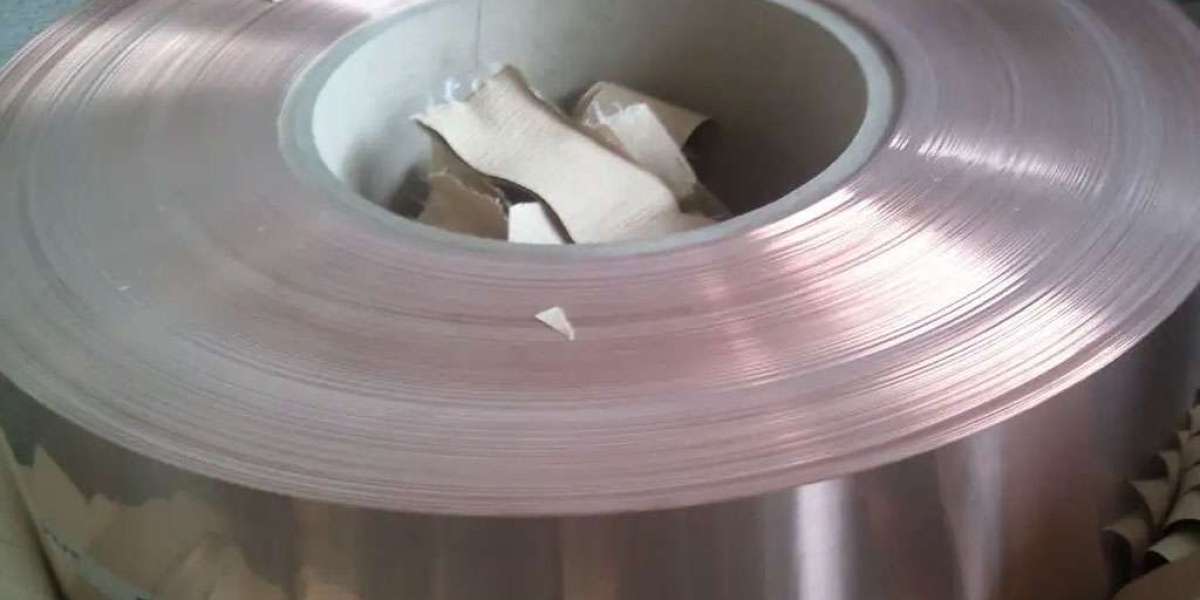How much do you know about stainless steel plate processing? Is it through CNC processing, laser processing or stamping processing? Today we will introduce a different process, namely etching processing, which is used for etching stainless steel. The etching thickness is between 0.01MM-2MM. The etching process is divided into two methods: shallow etching and deep etching. Among them, deep etching uses chemical agents to adopt a half-engraving method, which has the characteristics of consistent concave and convex and delicate patterns. Stainless steel etching plates have a wide range of applications, from hotel and KTV decoration to chemical processes, LED base lamps, and food equipment, medical equipment, and automotive component panels!
The process and technology behind stainless steel etching plates are very mysterious, which makes people curious. The surface of stainless steel etched by etching is smooth and delicate, without burrs, and will not produce burning sensation and burrs, which is also different from other processes.
Stainless steel etching is a fine process that etches various complex patterns and texts on the surface of stainless steel. These patterns and texts are not only beautiful, but also can increase the anti-slip, anti-corrosion, and waterproof functions of stainless steel products.
Stainless steel etching has a wide range of applications. In the electronics industry, it involves lead frames, code disks, various grids, dust screens, smoke alarms and insect screens. The emergence of etching has accelerated the short product life cycle of products in the electronics field, various small batches, and product precision chemical etching requirements within the micron level. The precision core parts of the motors of smart phones such as Apple and Huawei are also processed by stainless steel etching, which can ensure product performance.
They mainly produce mobile phone receiver nets, mobile phone mid-plates, base station components, amplifiers, antennas and micro antennas. Nitinol, titanium and other metal materials in medical equipment and instrument components are processed by stainless steel etching to produce precision implants, stents, pacemaker components, blades, gaskets, chassis parts and other high-precision tiny implanted parts in the human body in the medical industry.
Stainless steel etching processing has advantages for plate processing with a wall thickness of less than 0.1mm, including QFN brackets, EMC brackets, and integrated circuit brackets in the semiconductor field, which make the products more refined.
What are the advantages of stainless steel etching processing:
- Low mold opening fee and short template production cycle.
- No burrs, pressure points, and no product deformation.
- Extremely high precision and miniaturization, complex and diverse products can be completed quickly.
- It can achieve half-engraving of metals with a thickness of less than 0.1mm, suitable for various metal materials.



